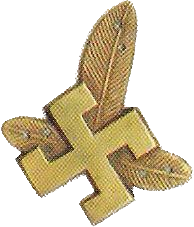There is so much that I dont know about World War Two, It is a confusing war. But now that I have started to collect the firearms, I am interested in the history of the war.
There were so many battles in so many countries.
Let me get this right. The Germans were evil and wanted to take over the world, the Russians were also evil and took over neigboring Poland, Poland was good, our Country defeted the Germans in France, The Russians defeted the Germans in Stallingrad and the Polish,also defeted the Russians, and the US also defeted Japan. The Germans had also invaded Serbia, where the Russians drove them out.
It is confusing.
Am I kind of right?
The US never actually fought the Russians, but the Cold War, was a war that never happend, but at that time the Russians were our enemy?

